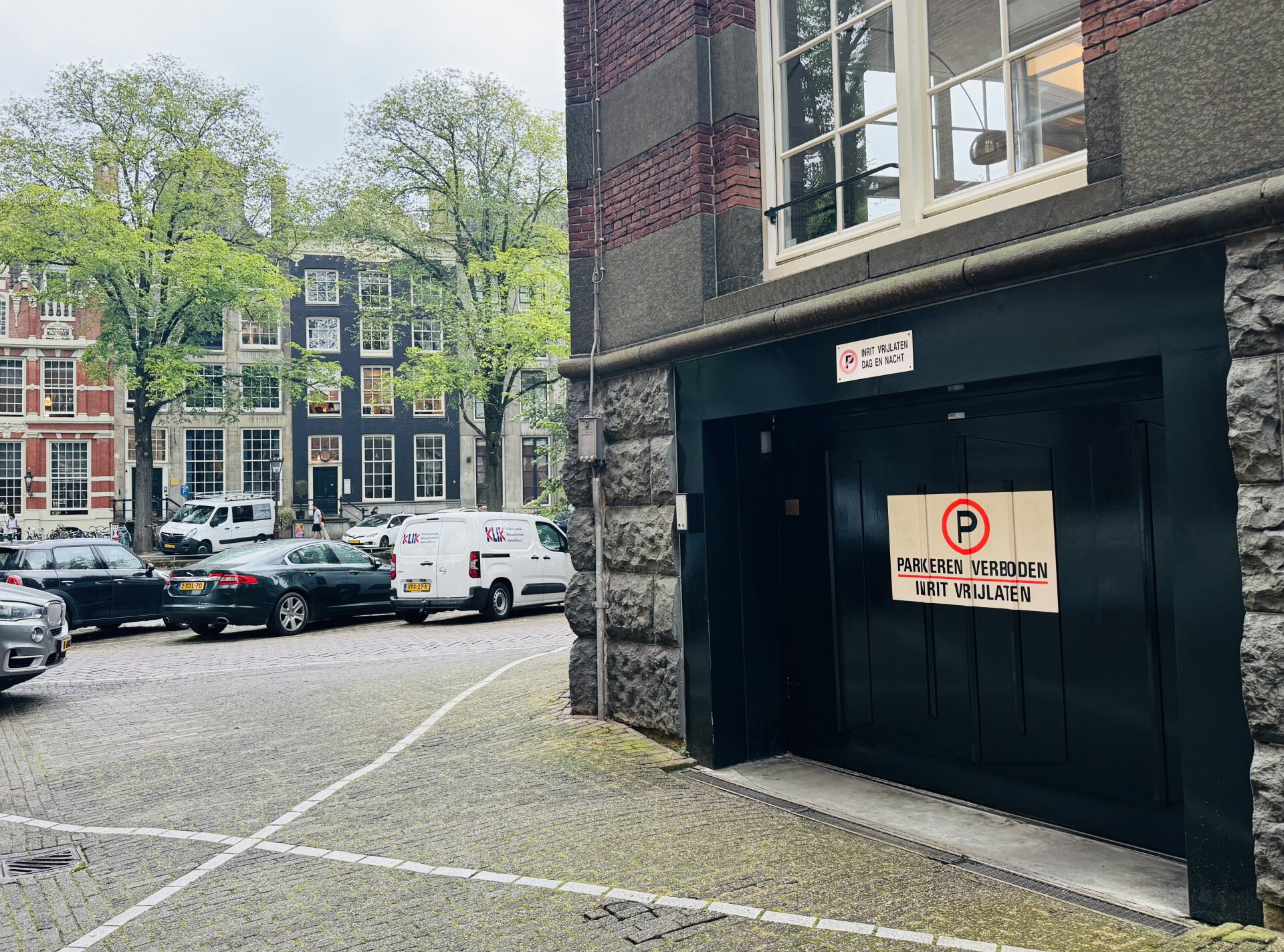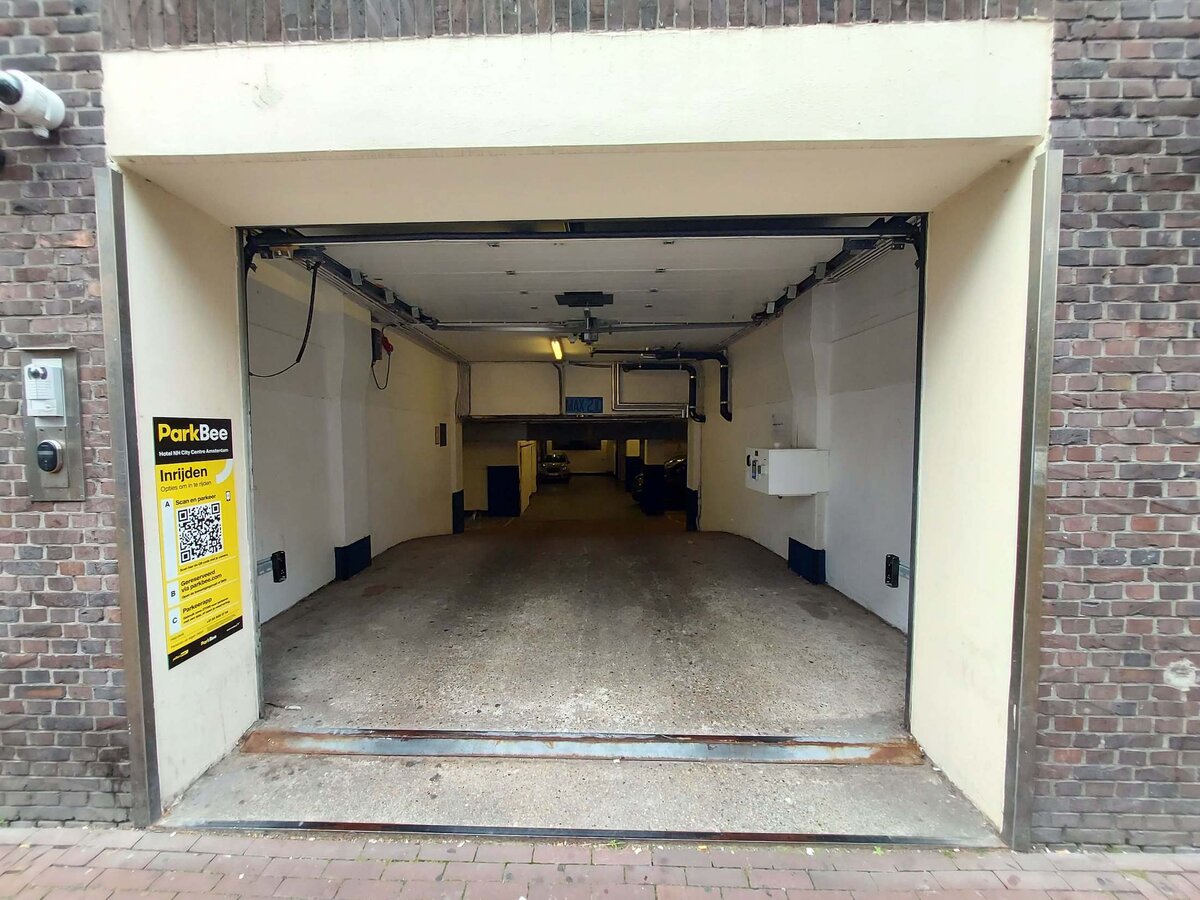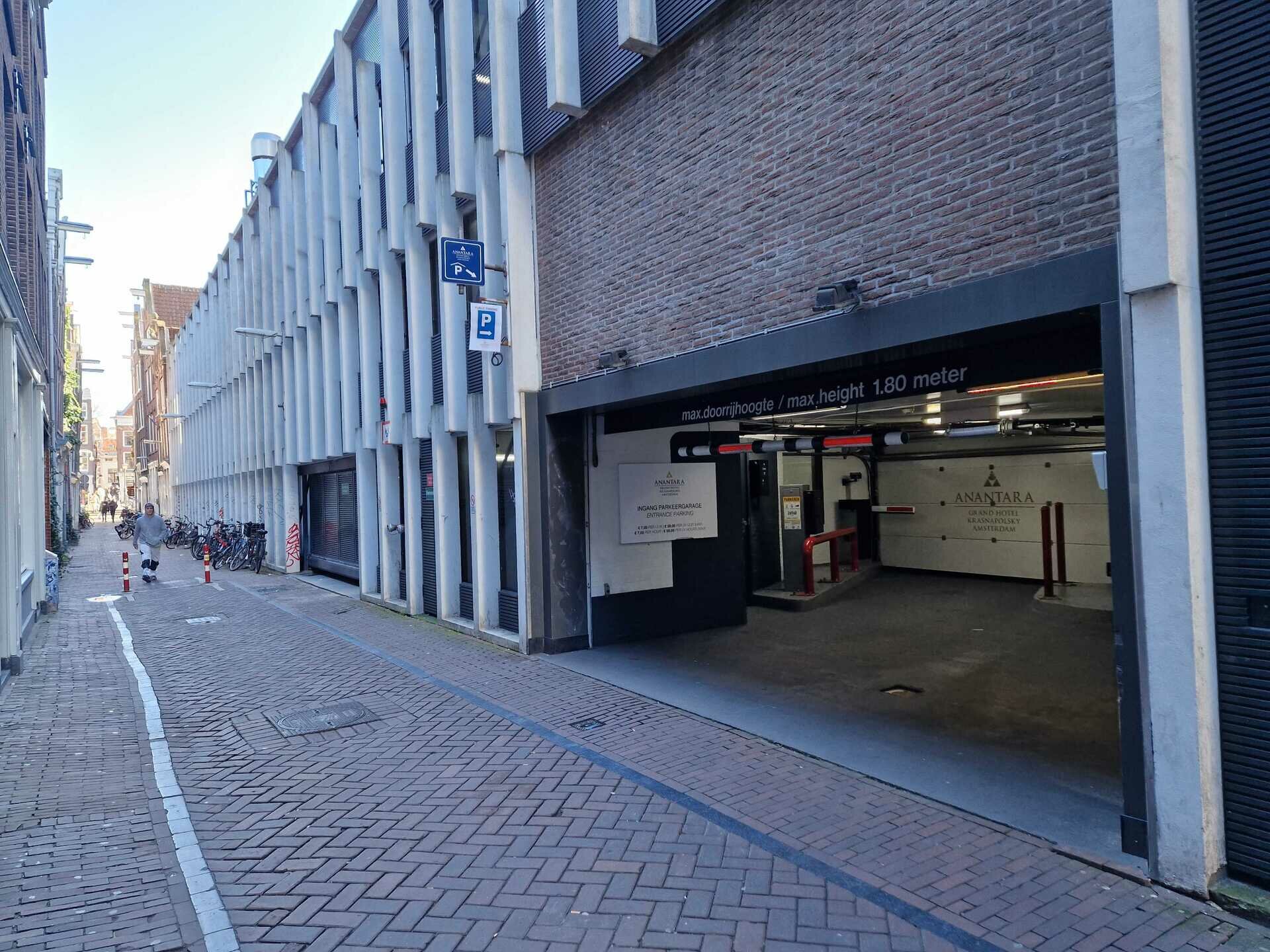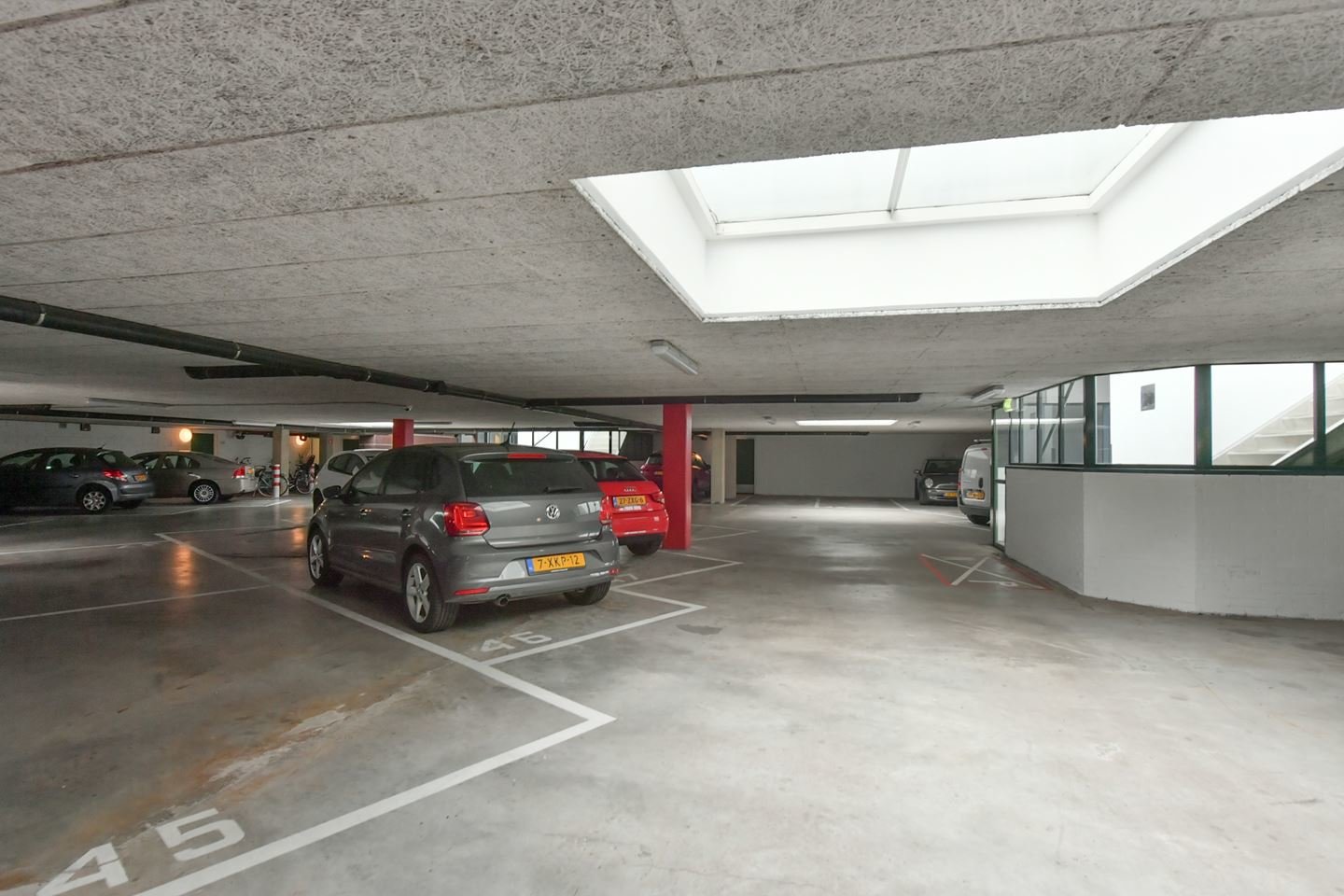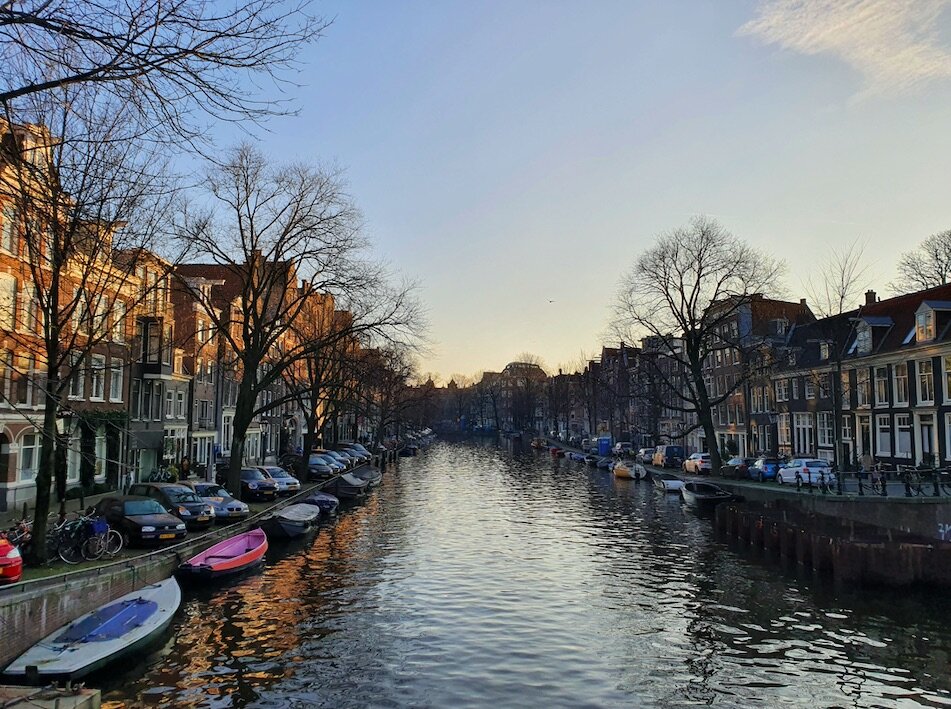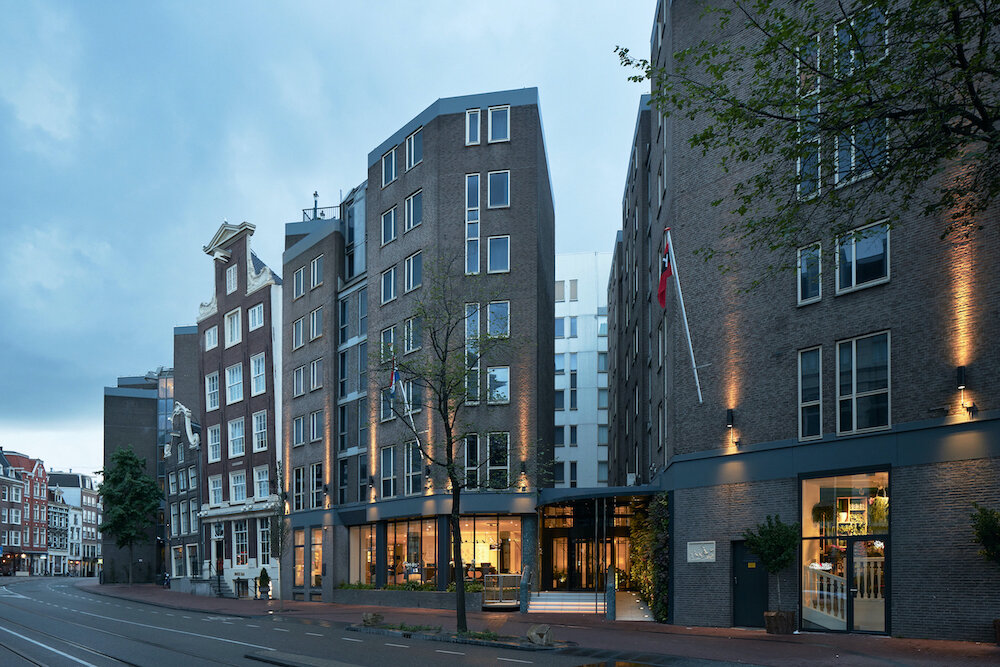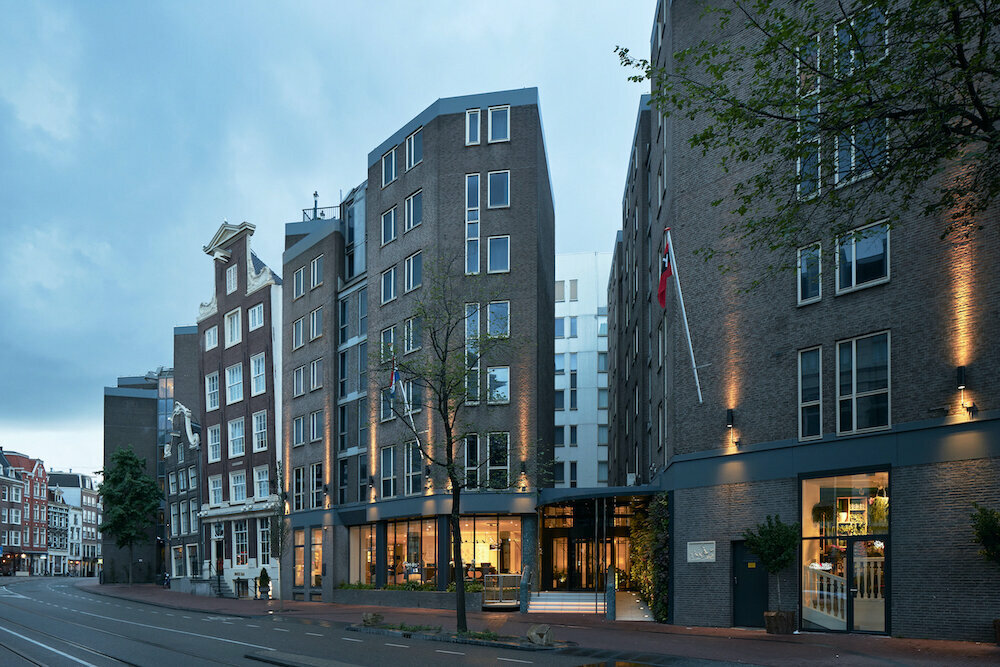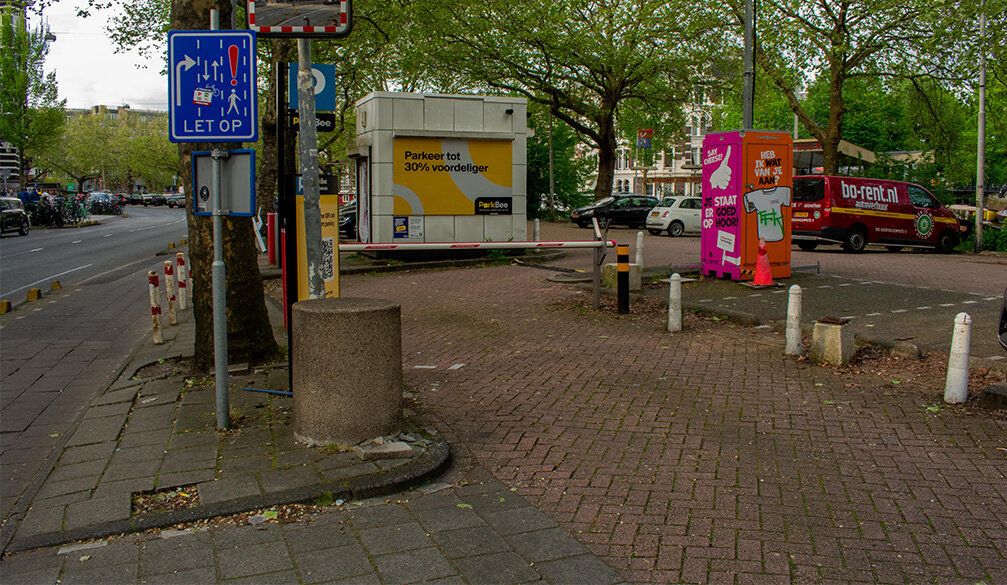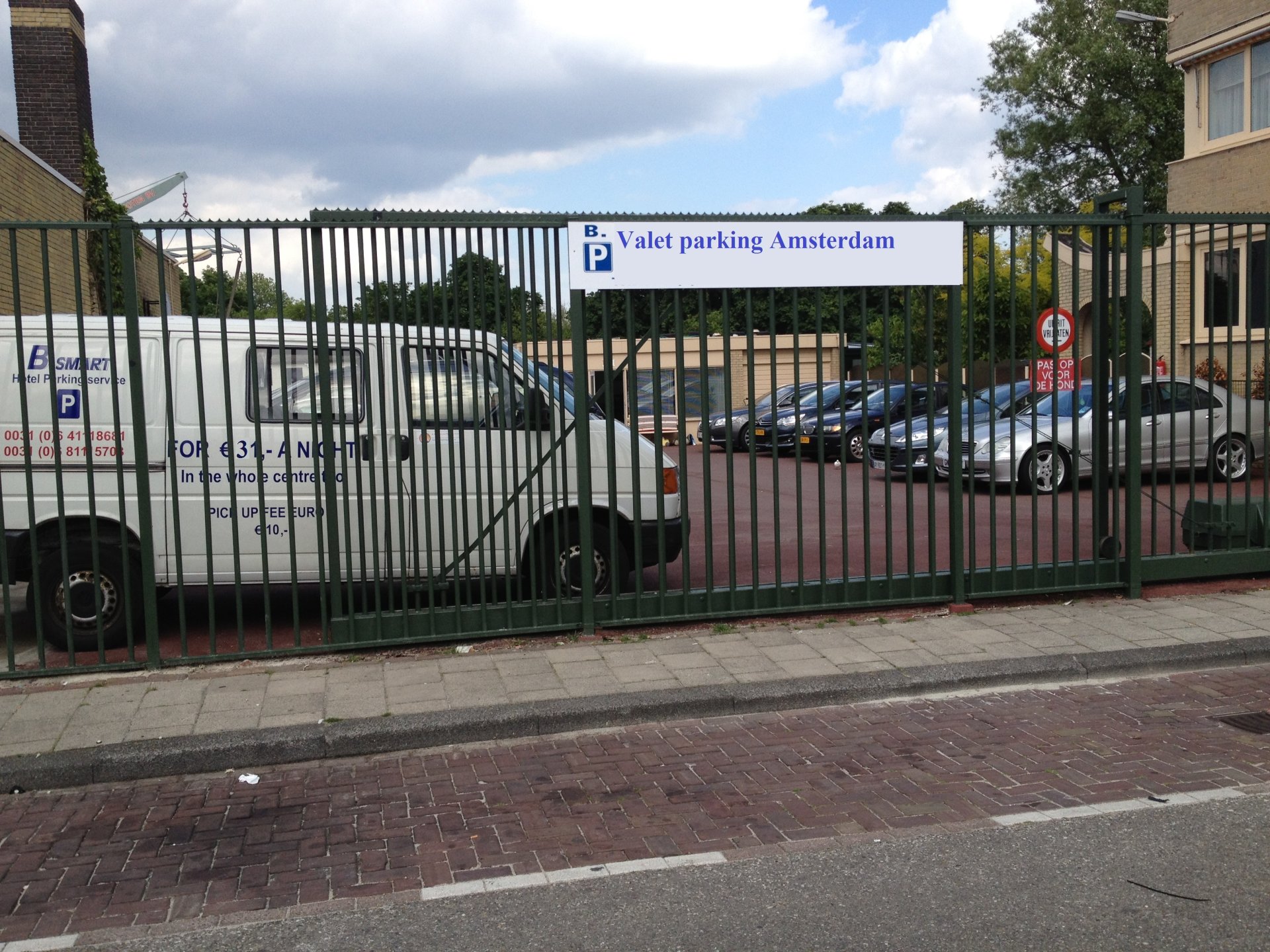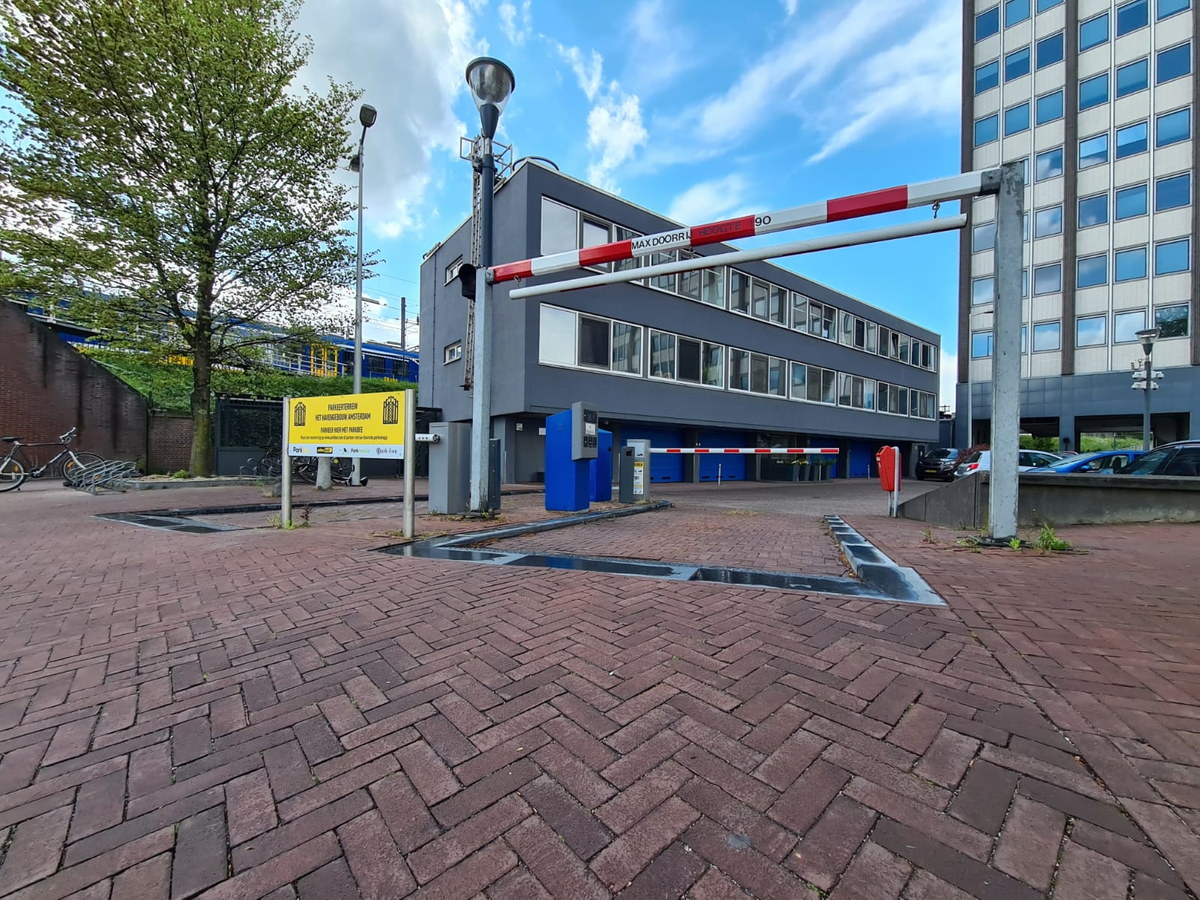





Find parking near Grachtengordel, Amsterdam Centrum, Amsterdam
The Grachtengordel in Amsterdam is an idyllic neighborhood situated along its four major canals: Singel, Herengracht, Keizersgracht and Prinsengracht. These canals criss-cross each other as they flow southeast, making four gentle curves before ending at Amstel River. From there the Nieuwe Herengrachts (New Herengrachts), Keizersgracht and Prinsengracht continue northeast until reaching Muidergracht where Plantage neighborhood begins.
Grachtengordel is an interconnected system of streets, quays, bridges, houses and closed off inner gardens called keurblokken located on similar plots of equal length and width in Amsterdam's canon of architecture - housing plots that measure equal in length and width across their entire length and width - on identically sized plots with similar length and width plots on roughly equal-length and width lots containing equal length and width plots with closed inner gardens known as "keurblokken." While many canal houses reflect prosperity during their Golden Age years; most date back to their 18th-century origins due to renovations over centuries with different architectural styles present alongside one another; due to renovations through centuries many renovations have accompanied many changes over centuries as varying architectural styles can be found side by side as renovations have brought on different architectural styles and facades with 20th-century changes which has seen overly massive new construction taking place; nonetheless the picturesque Grachtengordel remains one of Amsterdam's primary tourist attractions since August 1, 2010 as it is Window 12 from Amsterdam's Canon.
The Grachtengordel can trace its history back to the end of the 16th century when Amsterdam consisted of the Singel and current Kloveniersburgwal area. Following Alteratie and subsequent change in government, Amsterdam quickly expanded. Between 1585 and 1665 alone, Amsterdam expanded four times - in 1585 alone this included four expansion phases between 1585-1665! 1613 also marked the Twelve Year Truce when digging began on Herengracht, Keizersgracht, Prinsengracht as sales started from Brouwersgracht; then at Leidsegracht the new defensive line was connected back into existing city walls via a bend.
After the Treaty of Munster, investors once more saw an opportunity for expansion, and new plans were drawn up to expand and adapt city walls to new insights. From around 1660 onwards, canals were extended along Amstel and Plantage neighborhoods; additionally fortifications of the city were reinforced further.
Parking in the Grachtengordel can be a difficult task for visitors and locals alike, yet Mobypark provides affordable and convenient options in the area. Our website makes finding and reserving a parking spot easy so that you can focus on enjoying its charming streets and canals - or plan to stay longer! No matter your parking needs - Mobypark makes finding that ideal parking spot easy!
Parking rates near Grachtengordel
Parking time
Mobypark parking rates
1 hour parking
from € 5.02
24 hours parking
from € 12.00
1 week parking
from € 140.00
1 month parking
from € 375.00



